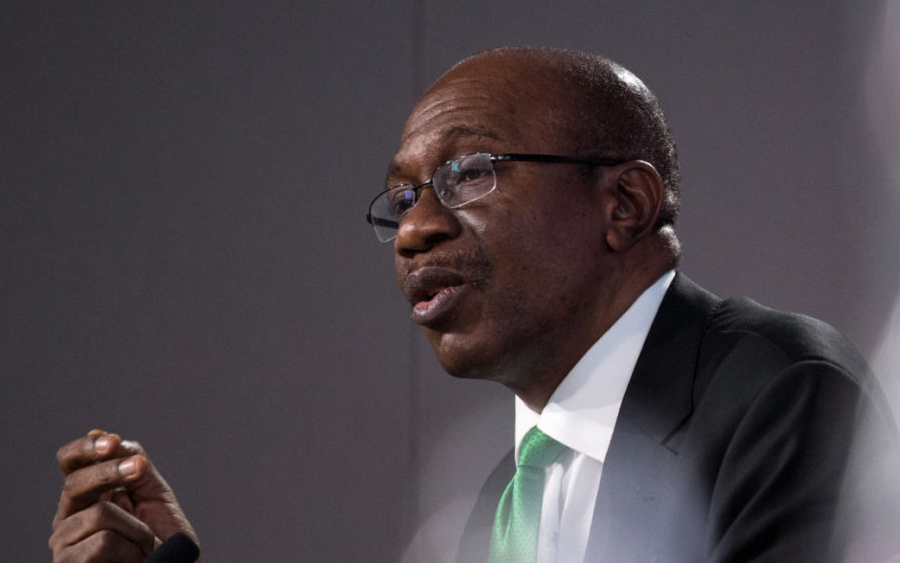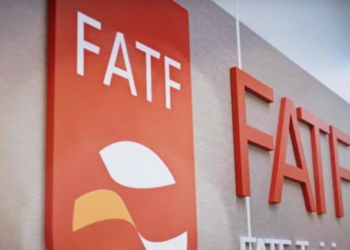The Governor of Central Bank of Nigeria (CBN), Godwin Emefiele, has disclosed that the apex bank has been able to sustain the stability of naira due to the $60 billion inflow from the Investors’ and Exporters’ Foreign Exchange (I&E Forex) Window.
Among the several policies of the CBN, Emefiele said the Exporters’ Foreign Exchange Window was a key contributor. He disclosed this during the 54th Annual Bankers’ Dinner in Lagos where he spoke on “Delivering a strong Sustainable Growth for the Nigerian Economy.”
While highlighting the significance of the Exporters’ Foreign Exchange Window, Emefiele stated that since the window was created in April 2017, it has attracted over $60 billion worth of transactions. He added that CBN was willing to maintain its stable exchange policy stance in the near to medium term given the relatively high level of reserves, The Nation reported.

What you need to know: The Investors’ and Exporters’ Foreign Exchange Window was established by the Apex Bank to deepen foreign exchange market and accommodate all forex obligations. According to the CBN, when the window was created, the purpose was to boost liquidity in the forex market and ensure timely execution and settlements for eligible transactions.
“With a moderated inflation rate, positive Gross Domestic Product (GDP) growth and improvements in our external reserve position, the naira-dollar exchange rate at the I&E Forex window has remained stable for the past 29 months at N360 – $1 and we have witnessed significant convergence in the exchange rate across the various market windows. Local currency has also remained at N306 to dollar at the official market,” Emefiele said at the event.
[READ MORE: 2020: CBN eyes $4 billion non-oil revenue]
Speaking on the drop in headline inflation, which declined from 18.7% to 11.08% in August 2019, Emefiele said, “We recently noticed an uptick in headline inflation, which stood at 11.61 per cent in October 2019, partly driven by cost-push factors such as the recent border protection measures of the Federal Government.
“We believe this effect will be temporary, as efforts are currently being made to induce greater production of staple food items. However, core inflation as at October 2019 is now under nine per cent. This decline in inflation has been due to our maintenance of a tighter monetary policy rate at 13.5%, and improved inflow of foreign exchange.
“Besides, the forex reserves remained above $40 billion as at October, relative to its low point of $23 billion in October 2016. We have been able to build our reserves in the midst of lower oil prices, as strong reserves aid the confidence of domestic and external investors. Today, our current stock of external reserves is able to finance 9 months of current import commitments.”


















